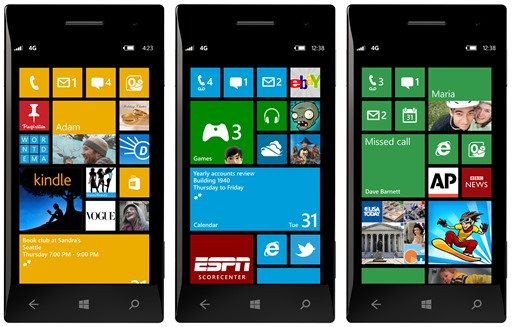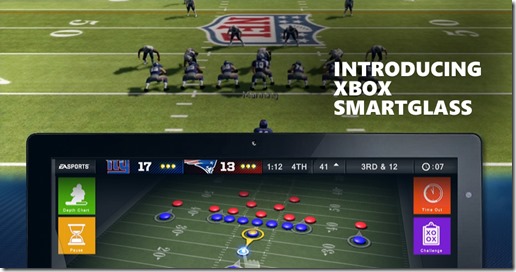Windows Phone 8—The Last Piece of the Puzzle?

Yesterday Microsoft unveiled he Windows Phone 8 to developers. It looks a lot like Windows Phone 7, but looks can be deceiving. It’s much more than an incremental update. Pull back the new home page tiles, peek under the bigger, shaper screens, look past the new multi-core CPUs and you’ll find a new operating system kernel. Not just any kernel, the same kernel as Windows 8. Yes, the same kernel used by the soon to be released desktop operating system, and the recently announced Surface tablet.
If you think only a geek could love a kernel, you might be right, but it holds significant meaning to Windows Phone users and developers everywhere. Significant because the computer in your pocket, if it’s a Windows Phone 8, now has the same file system, graphic drivers, networking, security, browser, and multi-core support as your desktop computer. Most importantly, it runs native code.
Native code means developers can now use the same code (with a few tweaks) on your phone as they can on your desktop, and they can use the same tools to develop them. Write once, use everywhere. Neither Apple nor Google shares an operating system with mobile and PCs, and probably won’t for many years.
“Windows everywhere” has long been a goal, and dream of Microsoft. 20-years ago Bill Gates coined the phrase. Steve Ballmer later talked of “three-screens”, and more recently “three-screens and a cloud”. The message is the same. Windows on your desktop, on your mobile devices, and in your living room. The groundwork was laid in Windows Vista, as the operating system was modularized, making it possible to use bits and pieces as needed. Windows 8 is finally the realization of the dream.
Windows Phone 8 is simply Windows 8 scaled to your pocket. Windows RT on Surface is Windows 8 scaled to an ARM powered tablet. While Windows 8 Pro can be scaled to an Intel (x86) tablet or desktop. The living room is the last of the three-screens left untouched by Windows 8. The Xbox 720 (code name for the new game console), will certainly run Windows 8 kernel. The third screen, and the last piece of the puzzle.
A world of unified Windows running across multiple devices opens some exciting possibilities. Imagine Xbox games easily be ported to the PC, tablet, and even phone. Your tablet or phone used as an enhanced controller for your Xbox. You might even see an Xbox tablet, tailored specifically to gaming with integrated Kinect. For a glimpse of the future, look no further than Xbox SmartGlass, introduced last month.
A consolidated Microsoft store would be a single location to buy apps across all your devices. Cloud integration on these internet connected devices would mean you could play any media on any device, at anytime. Start a game on your Xbox, continue it on your phone. Access all documents, pictures and applications from anywhere.
Microsoft has enjoyed manufacturing success with the Xbox and Kinect. They’ve indicated they will be manufacturing tablets with the Surface. It’s probably only a matter of time until they buy Nokia, and become a phone manufacturer. Can Surface or Xbox notebooks and desktop be far behind?
It’s an exciting time to work for Microsoft. Develop products for Microsoft. Use Microsoft products at work or home. Even own Microsoft stock. Smart engineers have managed to put a unified Windows on three-screens. The cloud enables them all to connect. Apple has paved the way for Microsoft to enter manufacturing. Be prepared for Microsoft everywhere…


